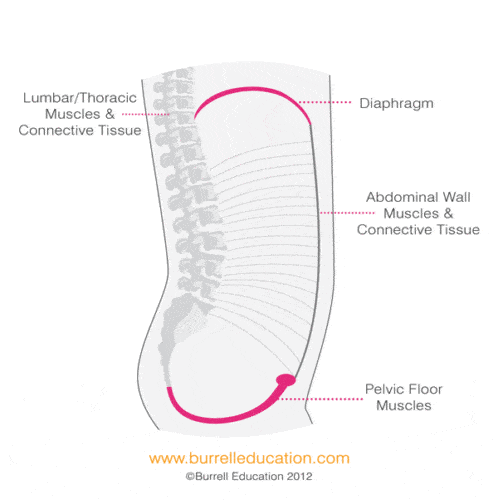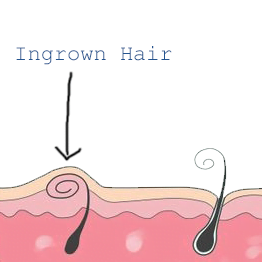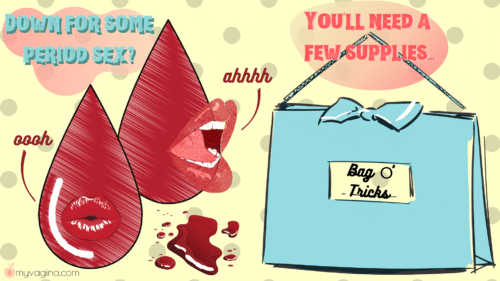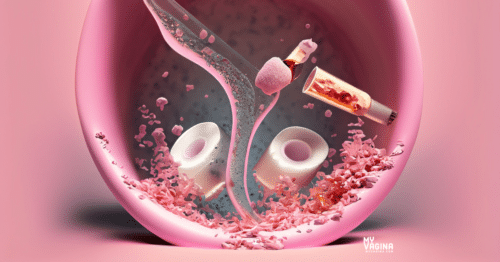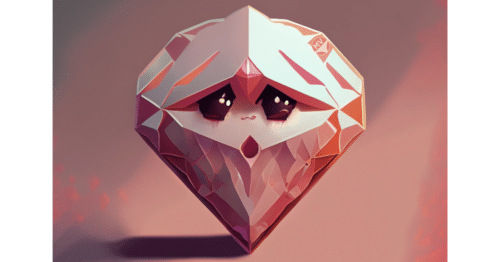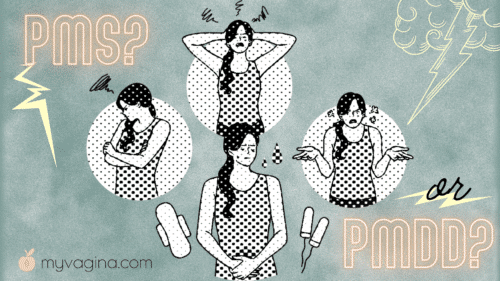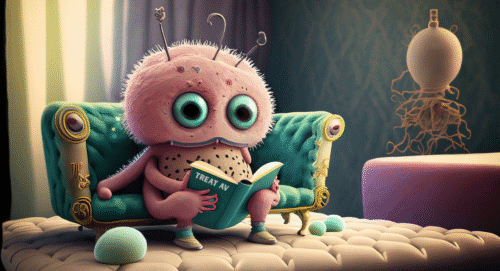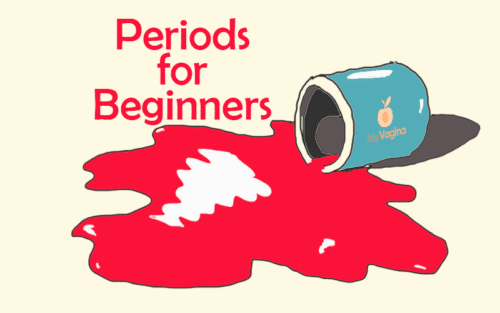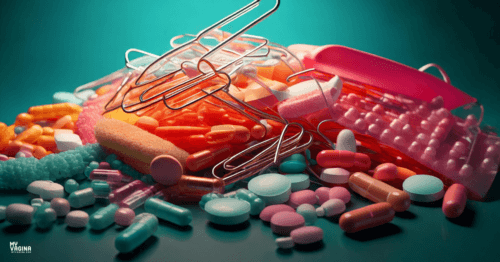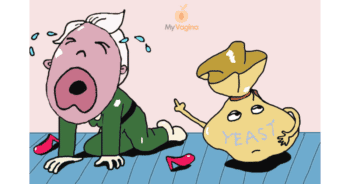As your body grows and changes, it’s important to understand how to keep it healthy, including your private areas. Vaginal infections and urinary tract infections (UTIs) are common issues that can happen to anyone, no matter their gender or age.
These infections might feel uncomfortable, but they’re usually easy to treat with the right care. Knowing the basics can help you feel more confident about your body and what to do if something feels off.
Vaginal infections
Vaginal infections, like yeast infections or bacterial vaginosis (BV), happen when the balance of bacteria or yeast in the vagina is disrupted. This can lead to itching, changes in discharge (like color or smell), or discomfort.
These infections aren’t about being “dirty”—things like hormonal changes, tight clothing, or using scented soaps can cause them.
For people who have vaginas but may not feel connected to having one, like some transgender or nonbinary individuals, these changes can sometimes feel confusing or challenging. It’s okay to have those feelings, and there are supportive adults and healthcare providers who can help.
Urinary tract infections (UTIs)
UTIs, on the other hand, affect the urinary tract, which includes your bladder and the tube (urethra) that carries pee out of your body. UTIs can happen when bacteria get into your urinary tract, and they can make peeing feel painful, or make you feel like you need to pee all the time. Drinking plenty of water and peeing regularly (especially after activities like swimming or using the toilet) can help prevent them.
If you notice unusual symptoms, like pain, itching, or discomfort, it’s a good idea to talk to a trusted adult or doctor. They can help figure out what’s going on and give you the right treatment to feel better.
Remember, it’s normal to have questions about your body as it changes, and learning how to care for yourself is an important part of growing up. Whether you have a vagina, urinary tract, or both, your body is unique and worth taking care of!
The most common infections are bacterial vaginosis (BV) , urinary tract infections and yeast infections. Each infection has its own symptoms and treatment, so if you think something is wrong, get tested and checked by a doctor or a sexual health clinic.



